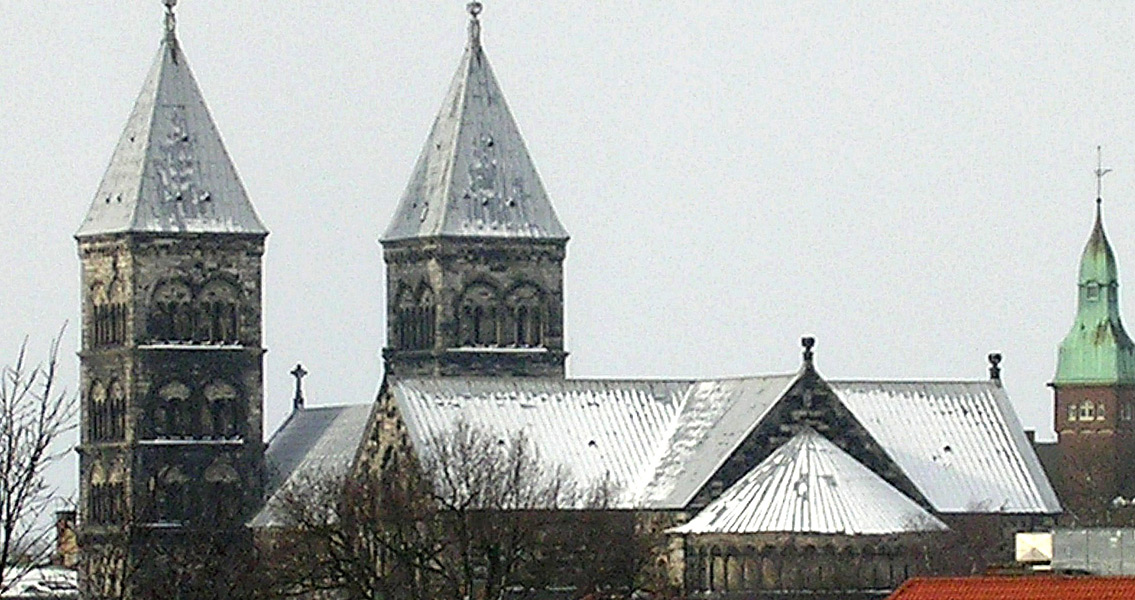<![CDATA[After the earthly remains of Peder Winstrup, a Lutheran bishop from the seventeenth century, underwent advanced CT scanning as part of a research study into his remarkably well-preserved corpse, it was discovered that he had been interred with a companion – a deceased infant. Bishop Winstrup was laid to rest in the Lund cathedral in Sweden in 1679, after a long life of service to the protestant Church of Sweden. Since then he has been at his eternal rest, relatively undisturbed – until his coffin was opened around a century ago to reveal his body hadn’t decomposed but instead mummified. Additionally, the ceremonial vestments in which he had been interred had weathered the ravages of time just as well, fading in color but otherwise remaining intact. Modern scientists from Lund University – the institute of higher learning that Winstrup had helped to found in 1666 – decided to investigate the phenomenon and subjected the bishop, still in his coffin, to CT imaging. The researchers found, to their surprise, that the remains of a premature infant child of around six months old had been hidden beneath the feet of the cleric and concealed by layers of aromatic herbs that had been laid atop Winstrup and filled the coffin halfway. The director of Lund University’s historical museum, Per Karsten, says that there may be a connection between the two sets of remains. While there has yet to be any DNA testing of the pair, Karsten remarked in an interview with The Guardian that the child could have been illegitimate. As a Lutheran bishop, Winstrup was permitted to marry and sire children, though offspring born out of wedlock would have been scandalous. If the child had been illegitimate – either from being Winstrup’s offspring from an affair or from an unrelated act of adultery between two unmarried parishioners - it would have usually been interred in an unsanctified potter's field. However, the decision might have been made by those responsible for burying Winstrup to provide a Christian burial for both the bishop and the child. Besides this remarkable discovery, the university researchers found that no embalming had been done on Winstrup’s remains. Instead, the bishop’s internal organs are all accounted for, albeit desiccated and shrunken. The working theory behind Winstrup’s mummification is that it was unlikely to have been done on purpose; the many herbs that the legate’s cushion and pillow had been stuffed with, which included hops, wormwood and juniper, might have initially been used to keep the smell of putrefaction at bay but had the side-effect of preserving Winstrup’s corpse so miraculously. As for the fate of the young child that has spent more than 300 years at the bishop’s feet, it will eventually be reunited with Winstrup once the researchers have completed the battery of tests they have planned for both sets of remains. The circumstances surrounding the child’s ersatz burial may remain a mystery if no parental link can be forged between it and the bishop. Image courtesy of Wikimedia Commons user: Väsk ]]>
Bishop from 17th Century Found Buried with Child
